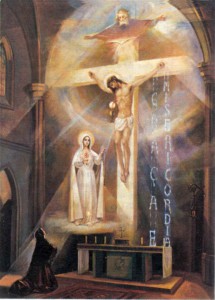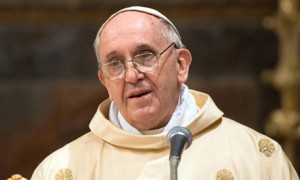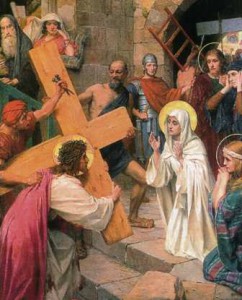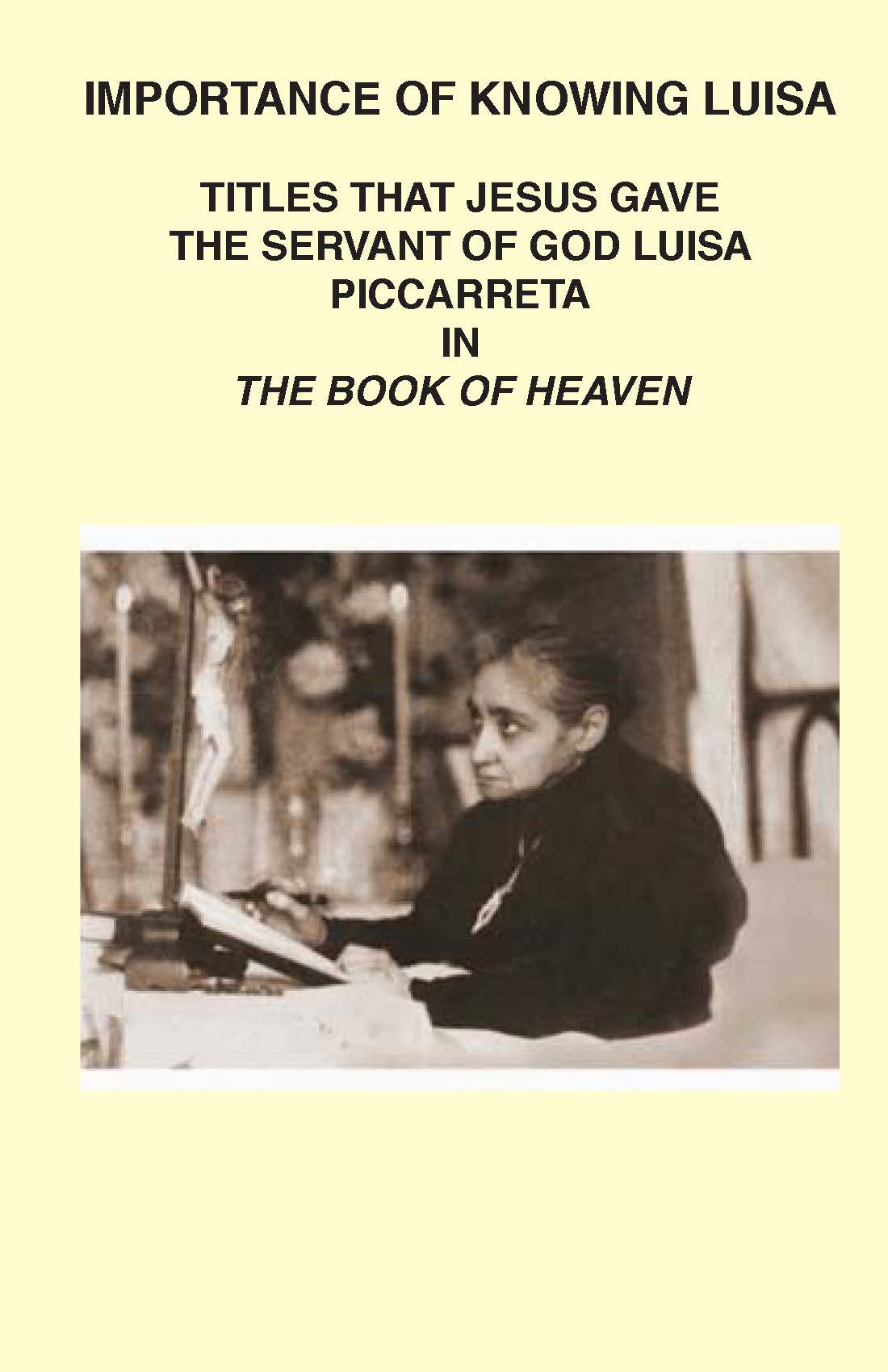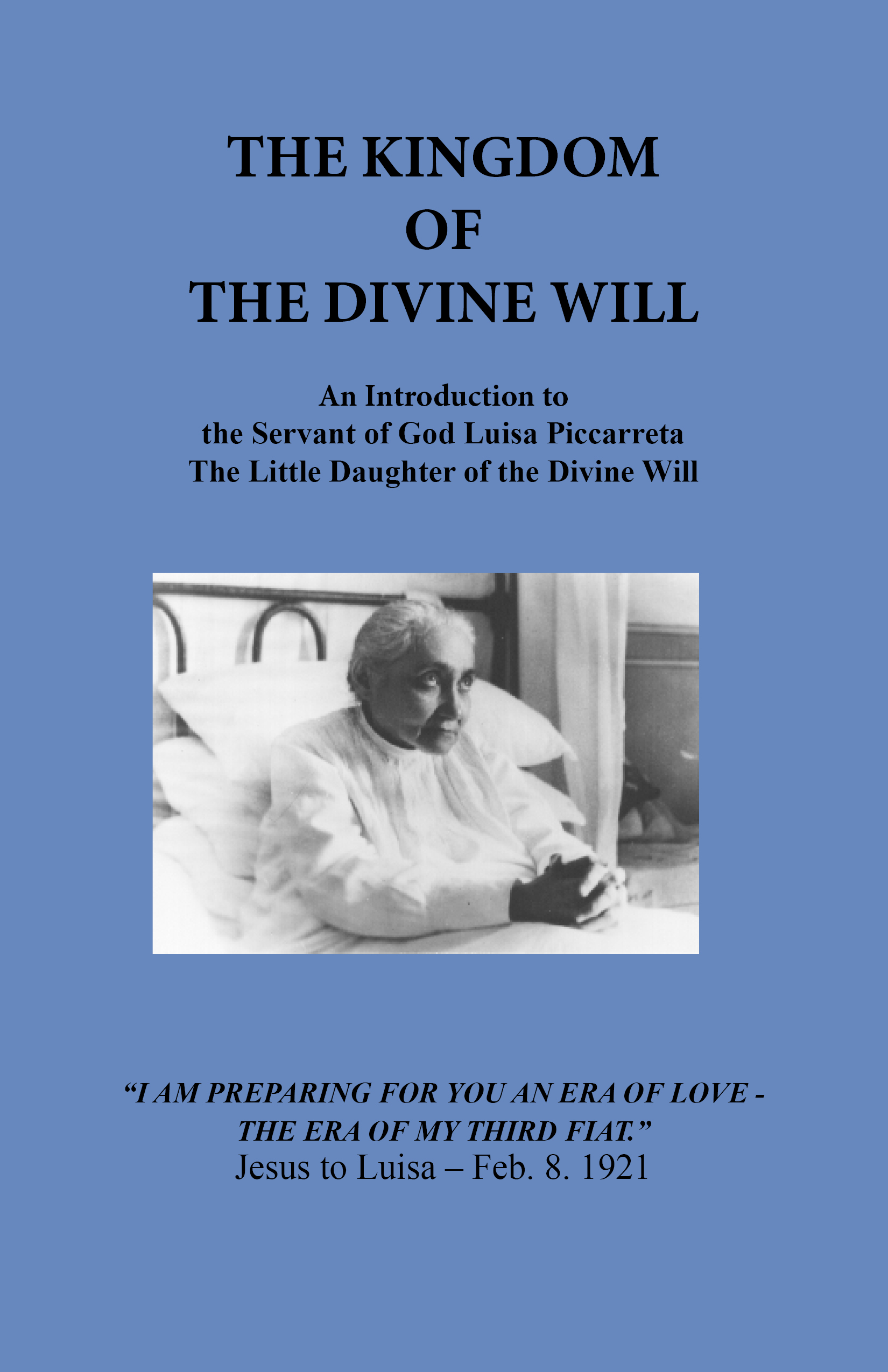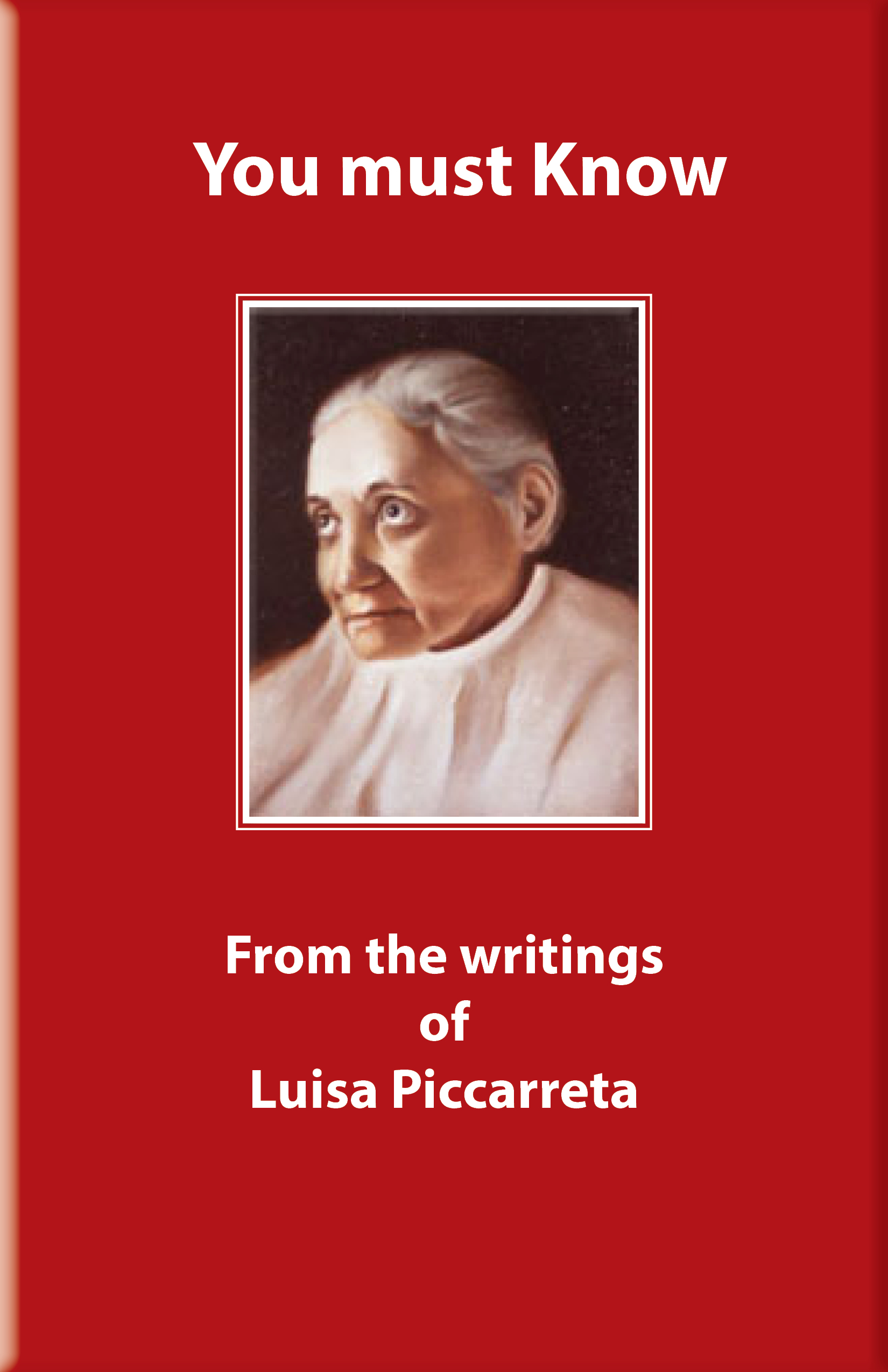PALM SUNDAY
Click image for more information on Palm Sunday
The sixth and last Sunday of Lent and beginning of Holy Week, a Sunday of the highest rank, not even a commemoration of any kind being permitted in the Mass. In common law it fixes the commencement of Easter duty. The Roman Missal marks the station at St. John Lateran (see STATIONS) and before September, 1870, the pope performed the ceremonies there. The Greeks celebrate the day with great solemnity; they call it kyriake or heorte ton baion or heorte baiophoros or also Lazarus Sunday, because on the day before they have the feast of the resuscitation of Lazarus. The emperors used to distribute branches of palm and small presents among their nobles and domestics. The Latin liturgical books call it Dominica in Palmis, Dominica or Dies Palmarum. From the cry of the people during the procession the day has received the name Dominica Hosanna or simply Hosanna (Ozanna). Because every great feast was in some way a remembrance of the resurrection of Christ and was in consequence called Pascha, we find the names Pascha floridum, in French Pâques fleuries, in Spanish Pascua florida, and it was from this day of 1512 that our State of Florida received its name (Nilles, II, 205). From the custom of also blessing flowers and entwining them among the palms arose the terms Dominica florida and dies floridus. Flower-Sunday was well known in England, in Germany as Blumensonntag or Blumentag, as also among the Serbs, Croats, and Ruthenians, in the Glagolite Breviary and Missal, and among the Armenians. The latter celebrate another Palm Sunday on the seventh Sunday after Easter to commemorate the “Ingressus Domini in coelum juxta visionem Gregorii Illuminatoris” called Secundus floricultus or Secunda palmarum dominica (Nilles, II, 519). Since this Sunday is the beginning of Holy Week, during which sinners were reconciled, it was called Dominica indulgentioe, competentium, and capitilavium from the practice of washing and shaving of the head as a bodily preparation for baptism. During the early centuries of the Church this sacrament was conferred solemnly only in the night of Holy Saturday, the text of the creed had been made known to the catechumens on the preceding Palm Sunday. This practice was followed in Spain (Isidore, “De off. eccl.”, I, 27), in Gaul (P.L., LXXII, 265), and in Milan (Ambrose, Ep. xx). In England the day was called Olive or Branch Sunday, Sallow or Willow, Yew or Blossom Sunday, or Sunday of the Willow Boughs. Since the celebration recalled the solemn entry of Christ into Jerusalem people made use of many quaint and realistic representations; thus, a figure of Christ seated on an ass, carved out of wood was carried in the procession and even brought into the church. Such figures may still be seen in the museums of Basle, Zurich, Munich, and Nürnberg (Kellner, 50).
In some places in Germany and France it was customary to strew flowers and green boughs about the cross in the churchyard. After the Passion had been recited at Mass blessed palms were brought and this cross (in consequence sometimes called the Palm cross) was wreathed and decked with them to symbolize Christ’s victory. In Lower Bavaria boys went about the streets singing the “Pueri Hebræorum” and other carols, whence they received the name of Pueribuben (“Theologisch-praktische Quartalschrift”, 1892, 81). Sometimes an uncovered crucifix, or the gospel-book, and often the Blessed Sacrament, was carried in recession. In many parts of England a large and beautiful tent was prepared in the churchyard. Two priests accompanied by lights brought the Blessed Sacrament in a beautiful cup or pyx hung in a shrine of open work to this tent. A long-drawn procession with palms and flowers came out of the church and made four stations at the Laics’ cemetery north of the church, at the south side, at the west door, and before the church-yard cross, which was then uncovered. At each of these stations Gospels were sung. After the singing of the first Gospel the shrine with the Blessed Sacrament was borne forward. On meeting, all prostrated and kissed the ground. The procession then continued. The door of the church was opened, the priests held up on high the shrine with the Blessed Sacrament, so that all who went in had to go under this shrine, and thus the procession came back into the church. The introduction of the Blessed Sacrament into the Palm Sunday procession is generally ascribed to Bl. Lanfranc who ordered the ceremony for his Abbey of Bec.
Excerpt from the Letters of the Servant of God Luisa Piccarreta
Letter #51
I recommend you “The Hours of the Passion”. Form continuous chains of reparation around Jesus; unite all your actions to them, so that this sweet chain of reparation may never be broken. These times require it; if we don’t want to be spectators of worse evils, promote it as much as you can. Commending myself to your prayers, I pray to Jesus that He may bless you and give you peace.
The little daughter of the Divine Will



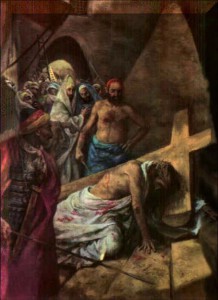
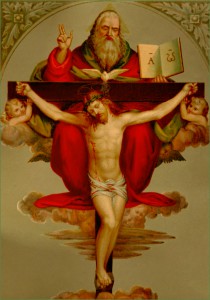

 (Vatican Radio)
(Vatican Radio)
